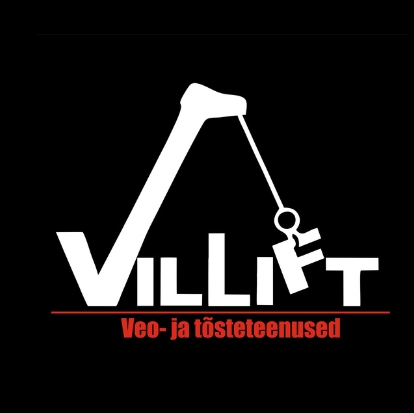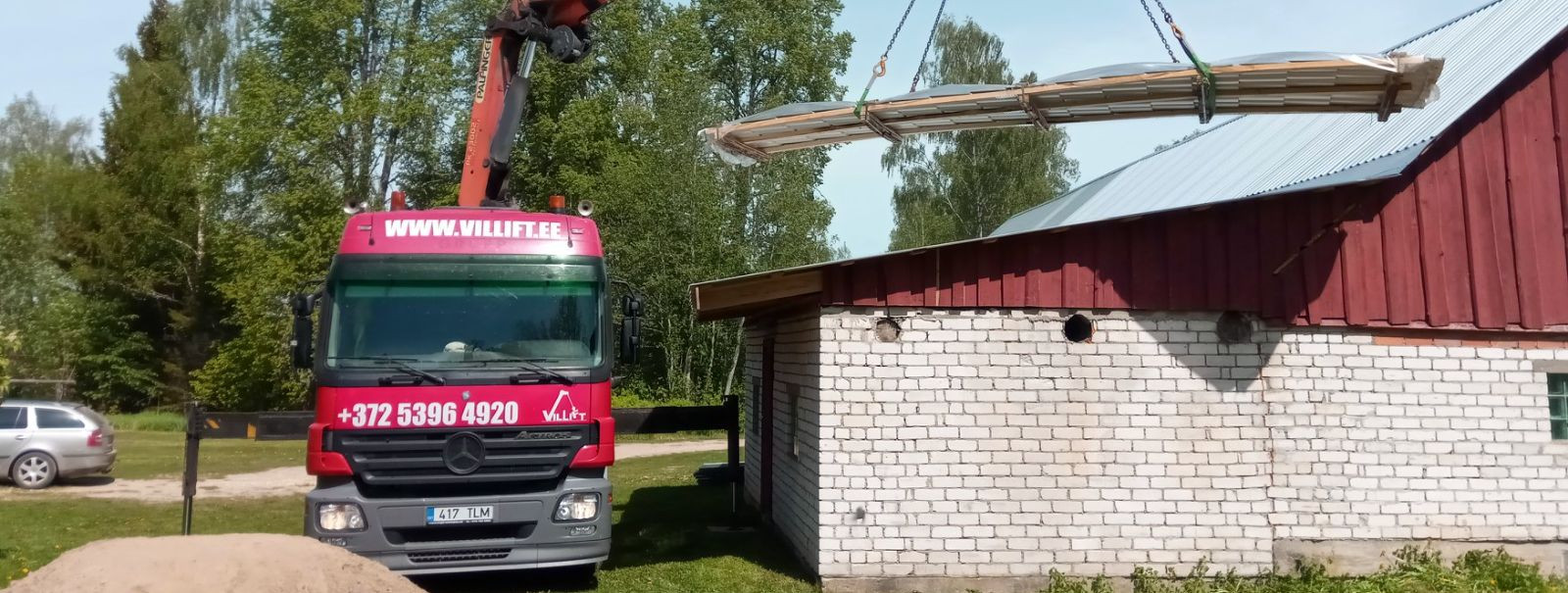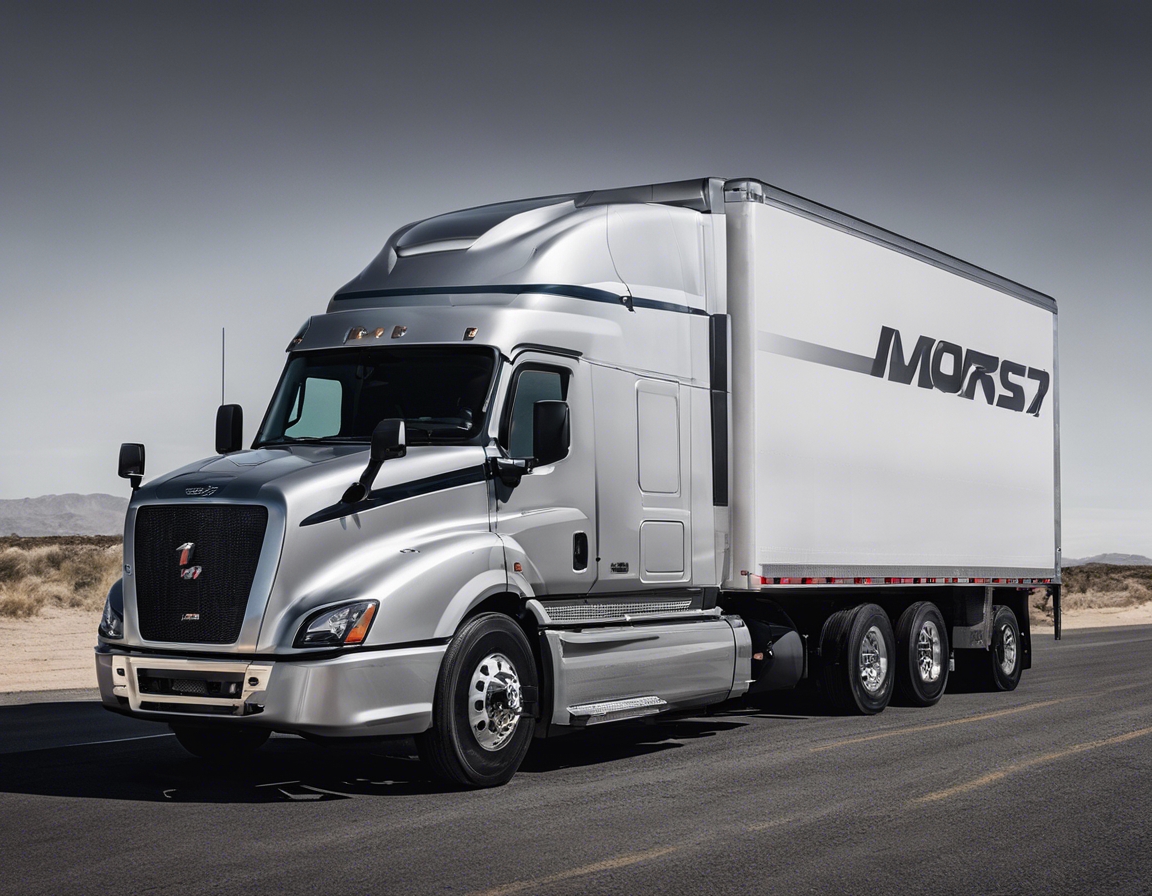Maximizing safety in lifting operations: best practices
Lifting operations are integral to the construction, logistics, and manufacturing industries. However, they come with significant risks that can lead to property damage, injury, or even fatalities. Ensuring the safety of these operations is not just a regulatory requirement but a moral and economic imperative for businesses.
Understanding the Risks in Lifting Operations
One of the primary risks in lifting operations is equipment failure. This can result from inadequate maintenance, overloading, or using equipment beyond its service life.
Human error can occur due to lack of training, miscommunication, or fatigue. It is one of the most common causes of accidents in lifting operations.
Adverse weather conditions, unstable ground, or other environmental factors can also jeopardize the safety of lifting operations.
Key Safety Principles for Lifting Operations
Adhering to local and international safety standards and regulations is the foundation of safe lifting practices.
Every lifting operation should begin with a thorough planning process and risk assessment to identify potential hazards and mitigation strategies.
Ensuring that both the lifting equipment and the load are in good condition and suitable for the task is crucial for safety.
Best Practices for Safe Lifting Operations
Operators should be properly trained and certified to handle the equipment and understand the complexities of the lifting tasks.
Regular maintenance and inspections are vital to detect and rectify any potential issues before they lead to accidents.
Selecting the right gear and attachments for the job can prevent overloading and equipment misuse.
Establishing clear communication protocols ensures that all team members are aware of their roles and the operation's status.
Having an emergency response plan in place is essential for dealing with any unforeseen incidents promptly and effectively.
Technological Advancements in Lifting Safety
Innovative smart lifting devices equipped with sensors can provide real-time data to prevent overloading and equipment failure.
Remote monitoring systems allow for the continuous observation of operations, enhancing the ability to respond to any issues quickly.
Simulators offer a risk-free environment for operators to hone their skills and prepare for real-world scenarios.
Implementing a Safety-First Culture
Leadership must prioritize safety and hold all levels of the organization accountable for upholding safety standards.
Encouraging a culture of continuous improvement and open feedback can lead to better safety practices over time.
Implementing recognition and reward systems can motivate employees to consistently follow safety protocols and contribute to a safer workplace.






Comments (0)